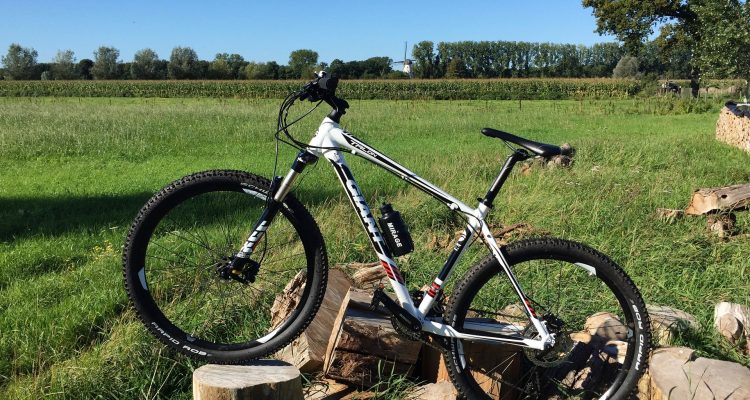Will you take a flat pedal, SPD or yet a combination pedal for your mountain bike? And for your first road bike? SPD-SL, or sporty SPD pedals with more clearance, or just regular pedals? Deciding which pedals will fit your new bike can be a daunting task. In this blog, we will briefly go over the different bike pedals to make your choice easier.
Race pedals
With racing pedals you sit tighter in the pedal so that all the power you put into the pedal is transmitted optimally. This allows you to cycle even faster! Another advantage of a race pedal is that the pedal is wider than a mountain bike pedal, allowing the pressure of the foot to be better distributed. This ensures that you are less likely to experience burning feet and have a larger surface area to put pressure on. Some racing pedals also provide a more stable pedaling experience. As a result, your knees will twist and sway less than on a mountain bike pedal. This gives you more control when you’re putting a lot of power on a climb while standing, for example.
Pedals for mountain biking
A mountain biker’s pedals are made so that you can cycle standing up. These are flat pedals and larger than other pedals, so you stand stably with the ball of your foot as well as part of your heel on the pedal. The pedals have pins that provide grip so you don’t slip off the pedals. With mountain bike pedals you can always engage on two sides, unless you have a combination pedal with a flat pedal on one side. With another mountain bike pedal, there is no bottom or top, useful if you are riding a technical course and sometimes want to take a foot off the ground and quickly click back in afterwards. Another advantage of mountain bike pedals is that you don’t necessarily have to be very tight in the pedal, as there aren’t many hard straights on mountain bike courses. Furthermore, you have more room to move your foot than with a racing pedal.

